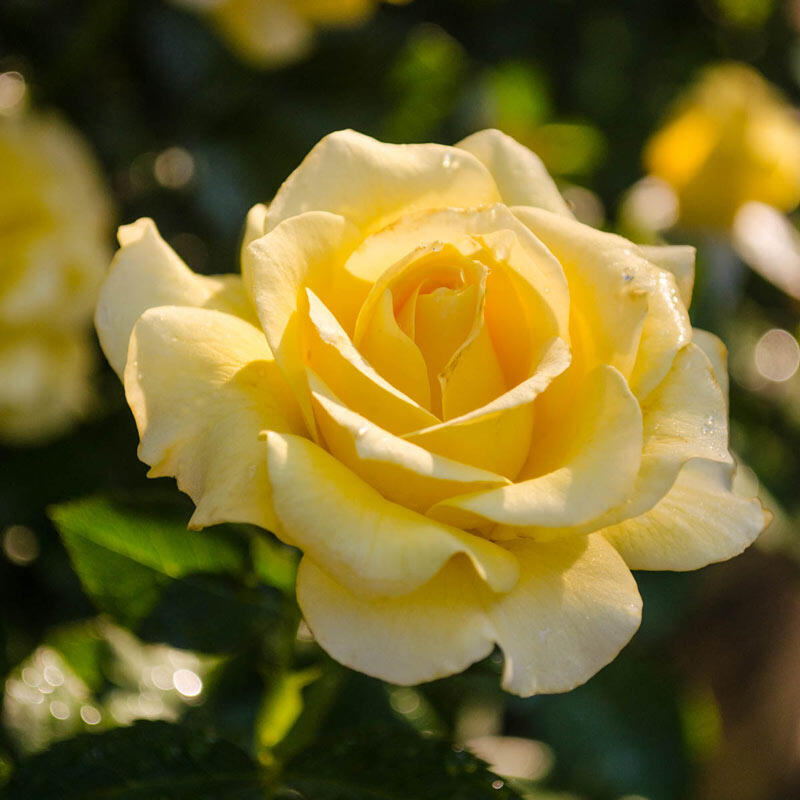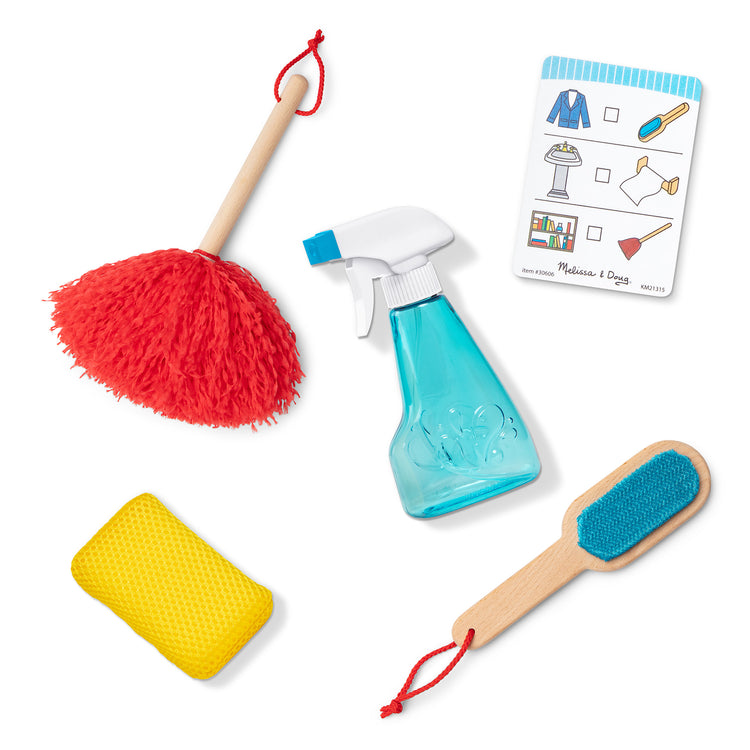Clean plant pots by scrubbing them with warm soapy water or a vinegar solution. Rinse thoroughly to remove all residue before using or storing them.
Maintaining clean plant pots is essential for the health of your plants, ensuring they have a disease-free environment to thrive in. Whether you’ve just purchased new pots or are reusing old ones, proper cleaning eliminates harmful bacteria, fungi, and pests that can harm plant growth.
Gardeners often overlook this simple yet crucial step, which can protect plants from common problems. By integrating pot cleaning into your plant care routine, you’re setting the stage for vibrant growth and a flourishing garden. Remember, a clean home for your plants means a better chance for them to prosper.
Introduction To Plant Pot Cleaning
Caring for plants means more than just watering them. It means keeping their homes—the pots—clean and safe. Dirty pots can harbor harmful bacteria and pests, which can cause disease and stress your plants. A regular cleaning routine helps prevent these issues, keeps your plants healthy, and extends the life of the pots. Let’s dive into the steps and benefits of keeping plant pots clean.
The Importance Of A Clean Home For Your Plants
Clean pots support healthy plant growth. Think of a plant pot like your own home. You wouldn’t want to live in a dirty space, right? Plants feel the same way. A pot free of debris, fungi, and pests allows plants to thrive. Regular cleaning stops the buildup of salts and minerals from fertilizers, too. This can help plants get the nutrients they need without any blockage.
What You’ll Need: Tools And Materials
Ready to clean your plant pots? Here’s what you’ll need:
- Scrub brushes or sponges
- Mild dish soap or vinegar
- Hot water
- Bleach (for disinfecting)
- Rubber gloves
- Protective eyewear
- Bucket or sink
Once you gather these items, you can start the pot-cleaning process. Remember, cleanliness equals happy plants!
Types Of Plant Pots And Cleaning Considerations
Caring for plant pots is as crucial as nurturing the plants themselves. Clean pots lead to healthier plants. Knowing the material of your plant pots is the first step in proper care. Here we’ll discuss how to keep different types of plant pots clean, along with important considerations for each material.
Ceramic And Terracotta Pots
Ceramic and terracotta pots are popular for their porous nature. This can lead to salt and mineral buildup from water and fertilizers. Use these steps for a sparkling finish:
- Empty the pot, removing any dirt or plant debris.
- Soak in a solution of one part vinegar to three parts water.
- Scrub gently with a soft brush to remove stains.
- Rinse thoroughly with clean water.
- Dry under the sun before re-potting or storing.
Plastic And Resin Containers
Lightweight and versatile, plastic and resin containers are a breeze to clean. Preventing plastic degradation is key:
- Wipe the insides with a mix of dish soap and water.
- Rinse well to prevent soap residue.
- Avoid harsh abrasive cleaners that can scratch the surface.
- Dry completely before using again.
Metal And Wooden Planters
To maintain metal and wooden planters, consider their susceptibility to rust and rot. Proper drying is essential:
| Metal Planters | Wooden Planters |
|---|---|
|
|
Step-by-step Cleaning Guide
Keeping plant pots clean is key to healthy plants. Grime and leftover debris can lead to diseases and pests. This step-by-step guide will help ensure pots are pristine and ready for your plants. Let’s roll up our sleeves and get started!
Removing Dirt And Debris
Start with empty pots. Shake out loose soil over a bin or compost area.
- Brush off remaining dirt using a stiff brush or sponge.
- Focus on crevices where dirt hides.
Disinfecting And Removing Stains
Clearing out bacteria and stains protects future plants.
| Material | Cleaning Agent | Method |
|---|---|---|
| Plastic/Ceramic | Vinegar solution (1:1 water) | Scrub and soak |
| Clay/Terracotta | Baking soda paste | Gentle scrub |
Rinse cleaning agents off thoroughly when done.
Rinsing And Drying
Last steps are critical to prevent mold growth.
- Rinse pots under running water.
- Ensure no soap or cleaner remains.
- Let them air dry fully before using or storing.
Dry pots invite new plants, not old problems!

Credit: www.brecks.com
Natural Cleaning Solutions
Clean and fresh plant pots ensure healthy plants. Natural cleaning solutions protect our green friends and the planet. Dirt and debris can hinder growth, but harsh chemicals are not the answer. Simple and safe products you find in your own kitchen can bring back the shine. Here are some effective natural cleaners for your plant pots.
Vinegar Magic
Vinegar is a powerful cleaner. It cuts through grime with ease. To use vinegar:
- Mix equal parts of water and white vinegar.
- Soak the pots for at least 30 minutes.
- Use a scrub brush to remove stubborn stains.
- Rinse well with water.
Baking Soda Scrubs
Baking soda is great for tough spots. Its gentle abrasion does the trick. Follow these steps:
- Create a paste with baking soda and water.
- Apply it to the pot surfaces.
- Scrub gently with a brush.
- Rinse off with water.
Lemon’s Citrus Power
Lemons have natural acid that cleans well. They can make your pots look and smell great. Here’s how:
- Squeeze lemon juice onto a sponge.
- Wipe the pots thoroughly.
- For extra strength, sprinkle salt on the sponge.
- Rinse with water after cleaning.
Maintaining Pot Cleanliness
Keeping your plant pots clean ensures healthy plants and a tidy garden. Proper cleanliness prevents diseases and boosts your plants’ growth. Follow these steps to maintain sparkling pots.
Regular Cleaning Schedules
Maintain a schedule to clean pots regularly. This routine prevents dirt accumulation.
- Empty pots: Clean before replanting.
- Used pots: Scrub with soapy water after plants are removed.
- Visible dirt: Wipe immediately to stop build-up.
Using Saucers And Trays
Place saucers or trays under pots. They catch excess water and soil. This keeps areas clean and reduces cleaning time.
Here’s how to use them:
- Choose the right size: The saucer or tray should match the pot’s base.
- Regular checks: Empty standing water to prevent mosquitoes.
- Keep dry: Wipe saucers and trays often to avoid water stains.
Preventing Mold And Calcium Buildup
Moist environments can encourage mold and calcium deposits. Prevent these issues with simple steps:
| Mold Prevention | Calcium Buildup Prevention |
|---|---|
| Adequate sunlight: Sun exposure keeps pots dry. | Filtered water: Use to minimize calcium in water. |
| Better air circulation: Place pots apart for airflow. | Vinegar solution: Apply to remove deposits. |
Regular care keeps pots in good condition, reduces plant stress, and brings joy to any space.

Credit: www.melissaanddoug.com
Repotting Best Practices
Thriving plants often outgrow their homes. Repotting is essential for their growth. Here is how to repot plants effectively.
When To Repot
Signs your plant needs a new pot:
- Roots are growing through drainage holes.
- Water drains too fast, indicating root-bound plants.
- Growth has slowed down, although the plant is healthy.
- It’s been over a year since the last repotting.
Preparing A Clean Pot For New Plants
Always start with a clean pot to prevent disease. Follow these steps:
- Remove old soil and debris.
- Wash the pot with soapy water.
- Rinse thoroughly to prevent soap residue.
- For a thorough clean, prepare a 1:9 bleach and water solution.
- Soak the pot for 30 minutes.
- Rinse again with clean water.
- Dry the pot completely before repotting.
Aftercare For Repotted Plants
Proper aftercare ensures a smooth transition:
| Timeframe | Action | Benefit |
|---|---|---|
| Immediately | Water thoroughly | Helps soil settle |
| First 2-4 weeks | Keep soil moist | Encourages root growth |
| First 6 months | Avoid fertilizing | Lets roots establish |
Monitor the plant for signs of stress and adjust care accordingly. Bright, indirect light and stable temperatures help recovery.
Conclusion: The Benefits Of Gleaming Plant Pots
Cleaning plant pots is not just about tidiness. It’s about ensuring your green friends thrive. A clean home for your plants means they grow in a healthy environment. Let’s look at the key benefits of sparkling clean plant pots.
Enhanced Plant Health
Healthy roots lead to a flourishing plant. Dirt and debris can harbor harmful bacteria and fungi. Regular cleaning prevents these issues, ensuring optimum plant health.
- Better water absorption
- Improved nutrient intake
- Reduced risk of disease
Aesthetic Pleasure
Clean pots complement lovely green leaves and vibrant blooms. They enhance the beauty of your space. Sparkling pots add to the overall decor. Guests will notice your immaculate plant collection.
| Before Cleaning | After Cleaning |
| Dull and grimy | Bright and shiny |
| Overlooked in decor | Highlights your style |
Ready For The Next Planting
Clean pots are ready to welcome new plants at any time. There’s no need to delay your next gardening project. You can transplant or start fresh with ease.
- Empty the pot
- Scrub away dirt
- Rinse thoroughly
- Dry and store

Credit: www.amazon.com
Frequently Asked Questions On How To Clean Plant Pots
Does Vinegar Disinfect Pots?
Yes, vinegar can disinfect pots due to its acetic acid content, which has antimicrobial properties. For best results, use undiluted white vinegar and allow it to sit for a few minutes before rinsing.
What Is The Best Disinfectant For Plant Pots?
The best disinfectant for plant pots is a solution of one part bleach to nine parts water. Ensure thorough rinsing after disinfecting.
How Do You Remove Mineral Deposits From Plant Pots?
To remove mineral deposits from plant pots, mix equal parts water and white vinegar. Apply the solution to the pot, scrub with a brush, rinse thoroughly, and let dry.
How Do You Clean Terracotta Plant Pots Like New?
Remove any loose dirt from terracotta pots by scrubbing gently with a brush. Soak in a solution of 1 part vinegar to 3 parts water for 30 minutes. Rinse with clean water and dry in the sun before using again.
Can Baking Soda Clean Plant Pots?
Absolutely! Baking soda is a gentle, non-toxic cleaner great for removing dirt and grime from plant pots.
Conclusion
Keeping your plant pots clean not only ensures healthier plants but also enhances the aesthetic of your space. Embrace these simple techniques and give your plant companions a fresher home. Remember, a routine scrub keeps the greenery vibrant and your pot collection spotless.
Now, roll up your sleeves and let your pots shine!
